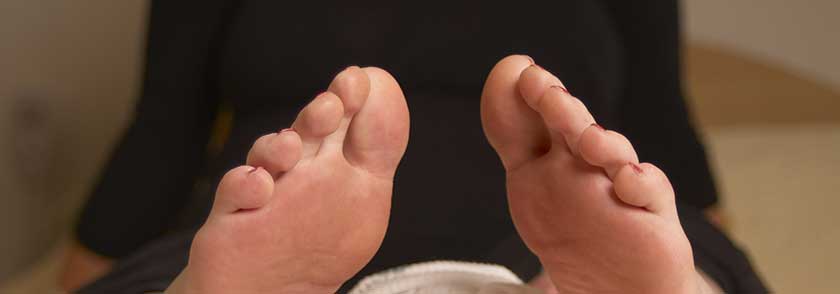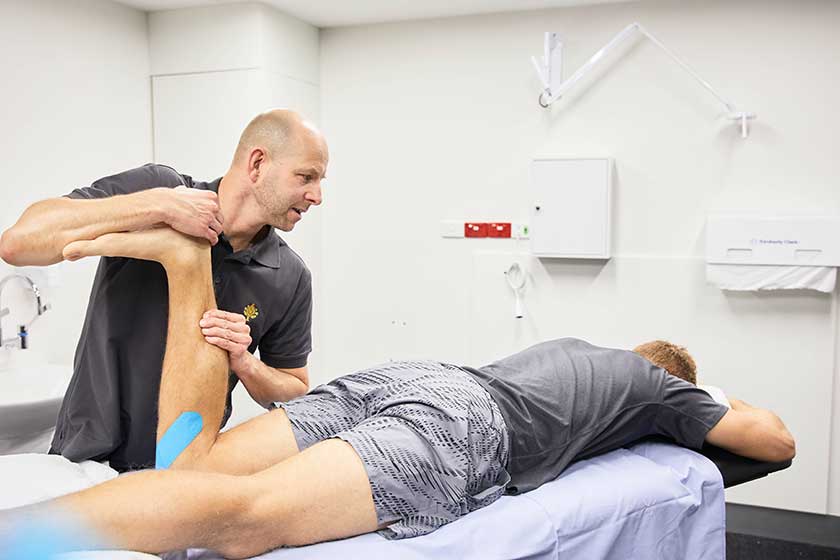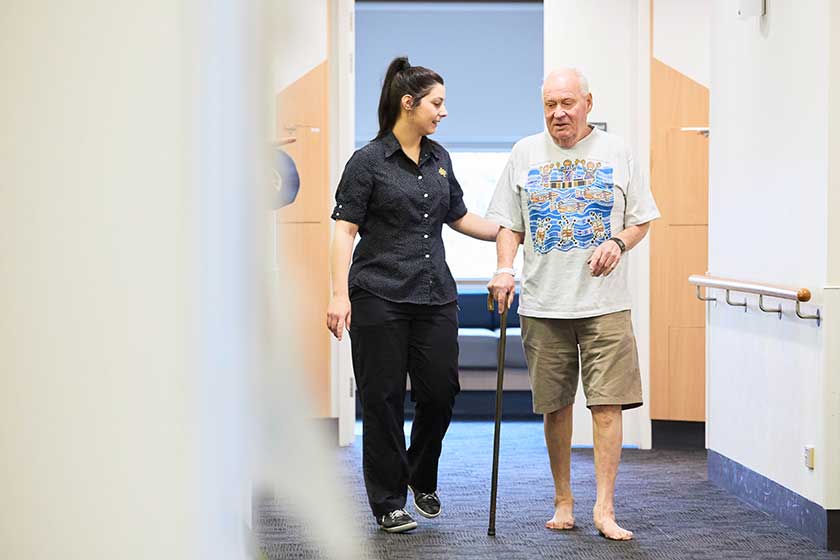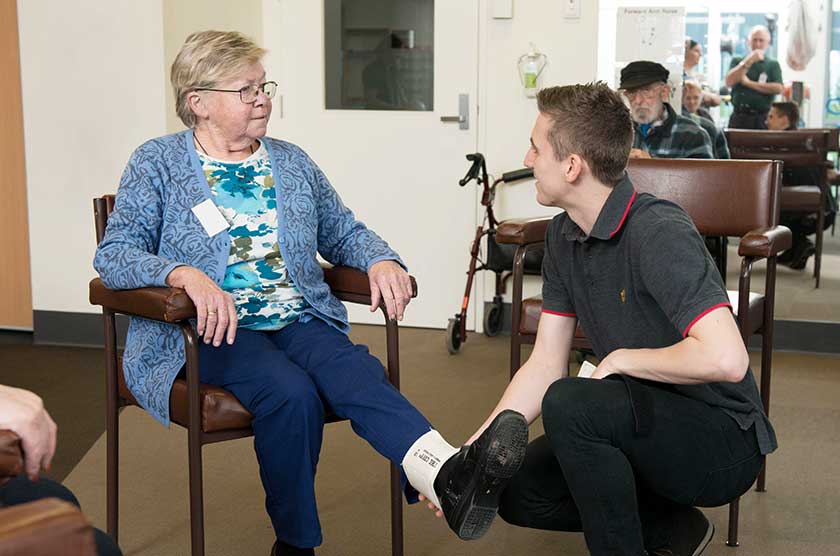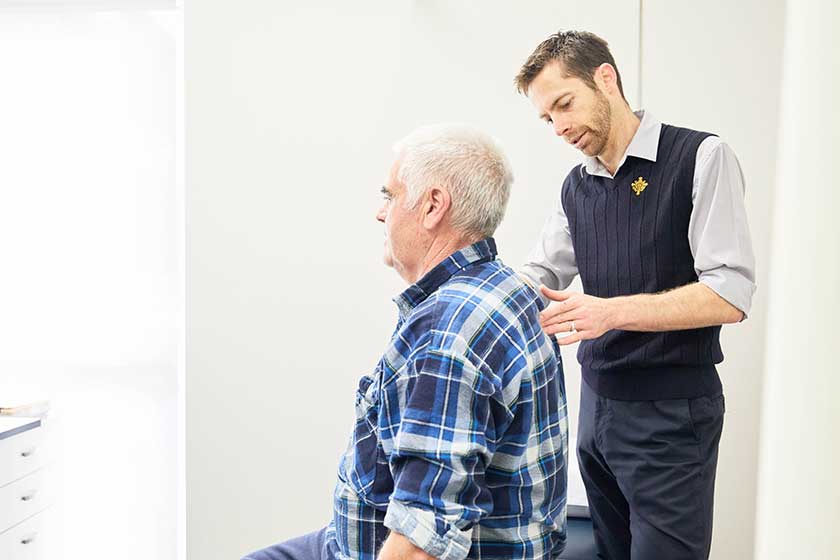Many people live with bunions without any issue. In fact treatment is generally only needed if your bunion gets painful and interferes with your ability to wear shoes.
Your first treatment option for bunions
The first treatments your doctor may suggest to treat your bunion are light-touch such as recommending you wear wide footwear, use silicones pads or sleeves or add insoles in your shoes.
If these treatments don’t work you may be referred to an orthopaedic surgeon and they may recommend surgery.
Your surgical options
There are many surgical treatment options for bunions, and the same option is not necessary right for everyone.
There is a range of surgery options, but in essence the surgery will do one or more of the following:
- remove swollen tissue from around your big toe
- straighten your big toe by removing part of the bone
- realign the long bones in your feet and your big toe, to straighten the angle
- fuse the bones of the big toe joint.
The most common surgery?
Scarf osteotomy is the most common surgical treatment to treat bunions.
This surgery involves cutting the bones with a small saw and then fix the bones into place with screws.
You are able to walk straight after this surgery.
Recovery
You are often able to walk after surgery on your bunion – but make sure you follow your doctor’s or physiotherapist’s advice closely.
Complete recovery may require physiotherapy, stretches as well as exercises and can take months.
To reduce the chances of developing a bunion again, you will be advised to wear appropriate footwear after surgery and this often means you won’t be able to wear narrow shoes.
Did you know?
Bunion is Latin for turnip.
Any surgical procedure carries risks. Make sure you discuss all possible risks with an appropriately qualified health practitioner.
